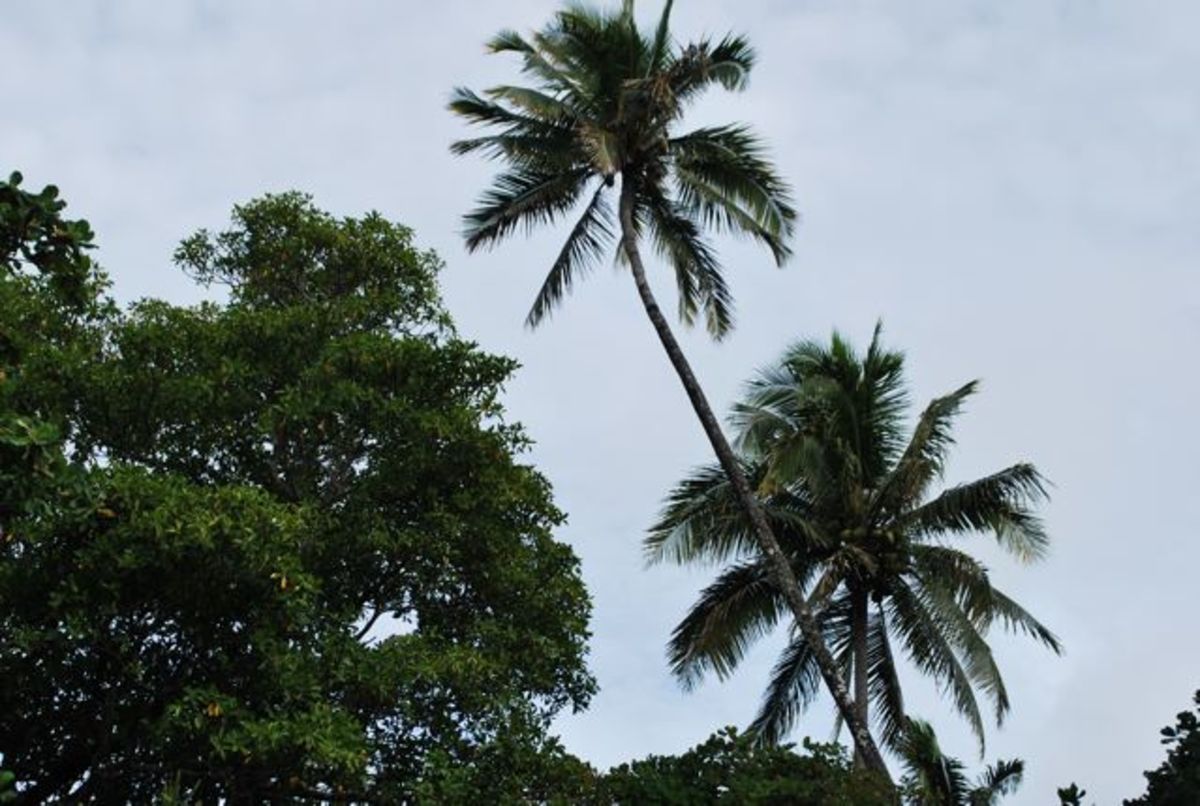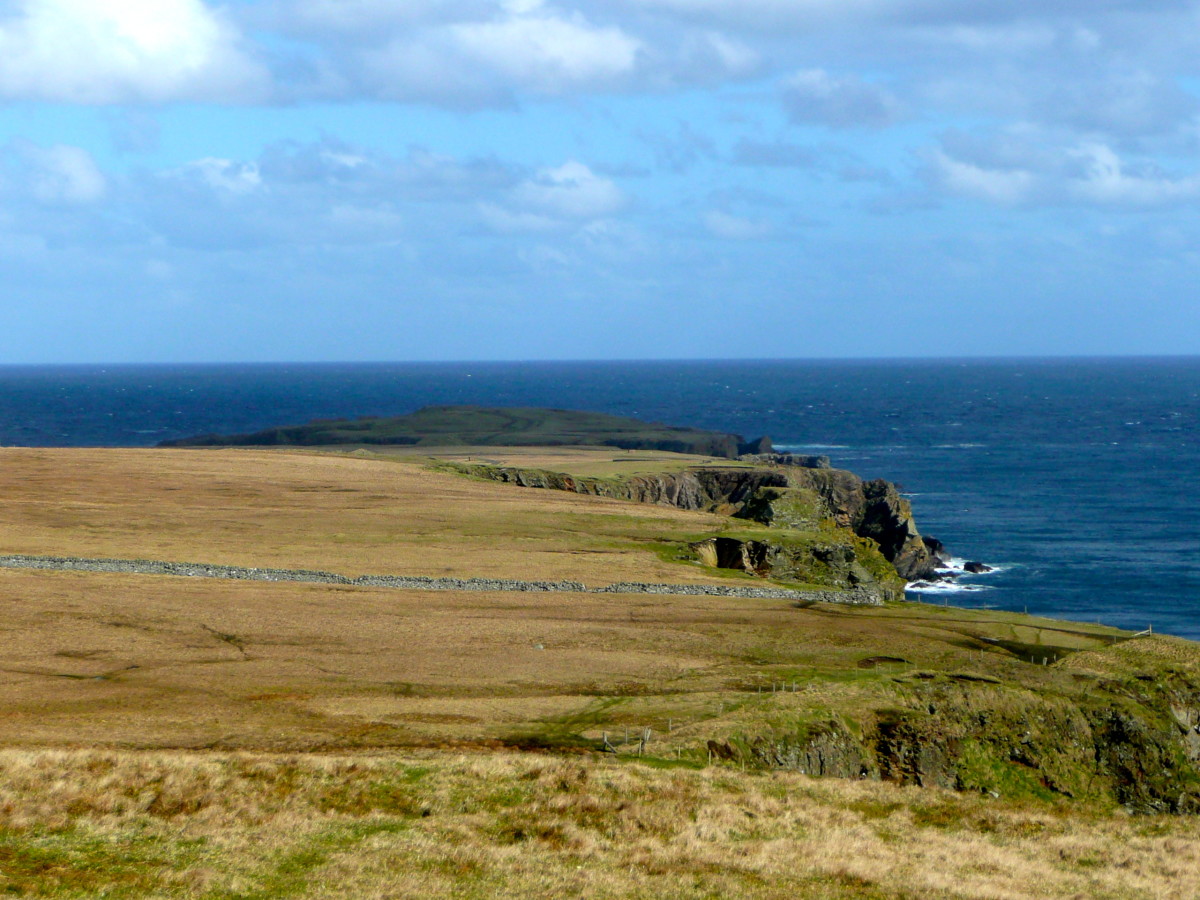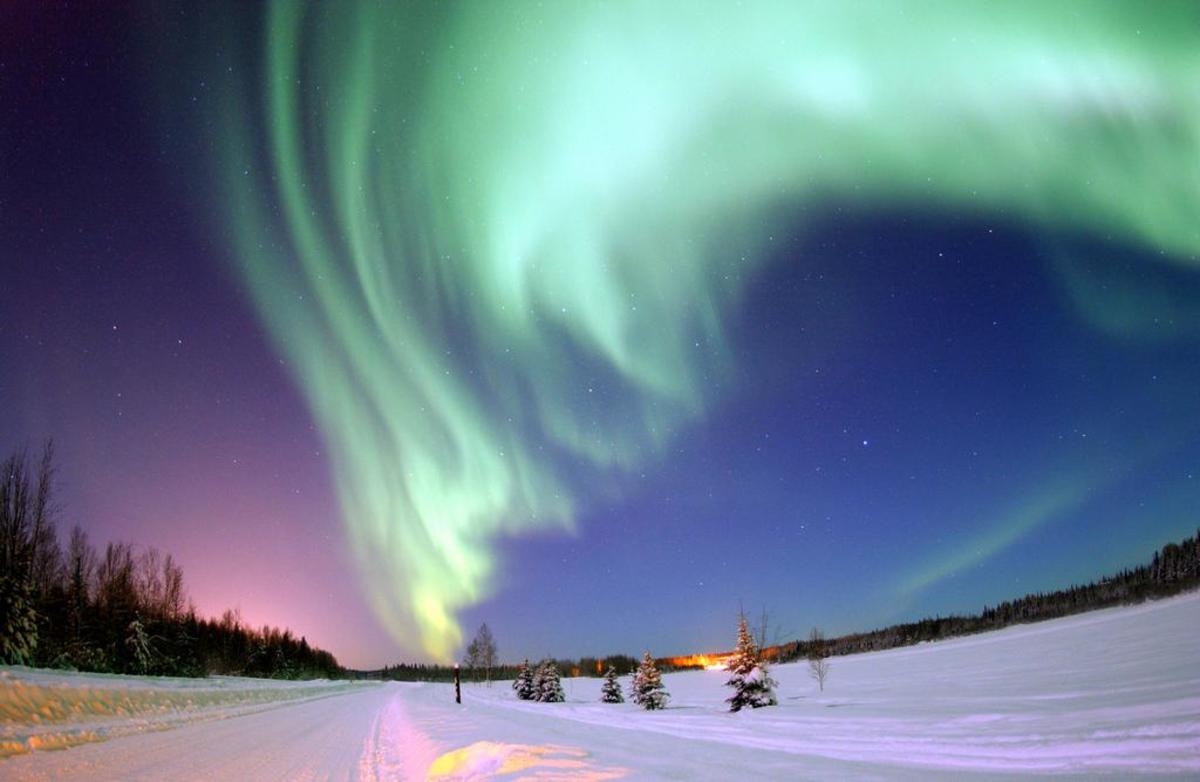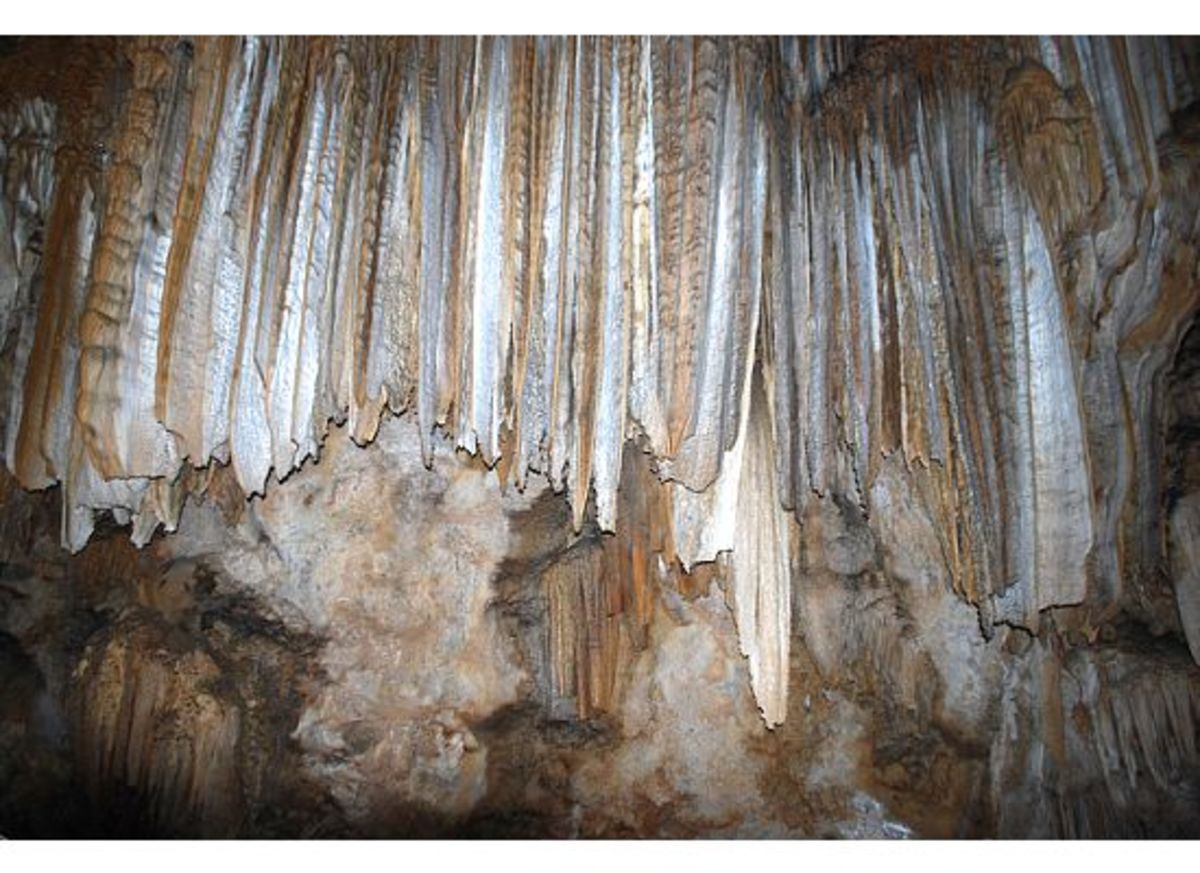6 of the World’s Weirdest Man-Made Islands
From the crannogs of Scotland to the geo-engineered shores of Tenochtitlan, people have been raising land from the water for thousands of years. While historically these artificial islands were built for defensive purposes or to create fertile space for farming, today they exist for any number of reasons. Airports, luxury accommodation, flamingo breeding habitats—you name it, there’s an island for it.
Spiral Islands

Can’t afford to buy your own tropical island? Build your own! That’s exactly what British artist Richart "Rishi" Sowa did back in 1998 when he used 250,000 bottles to construct a floating island paradise that measured 66 feet (20 m) by 54 feet (16 m). Spiral Island, anchored near Puerto Aventuras, Mexico, featured a two-story house, a solar oven, a self-composting toilet, three beaches and even mangroves. Sadly, the island was destroyed by Hurricane Emily in 2005
Spiral Island’s successor, Spiral Island II, was built in 2008 in the waters of Isla Mujeres.
The new island has a house, two ponds, three beaches, a wave-powered washing machine and a solar-powered waterfall and river.
Thilafushi, the Garbage Island

Thilafushi, once a 7 kilometre long lagoon, is now a landfill for the island of Malé, the fourth most densely populated island in the world. The islanders dug gigantic pits and used the excavated sand to build up the perimeter, then filled the pits with garbage, dug more pits and so on. Today, the island covers 50 hectares (124 acres) and is home to industrial plants, warehouses, boat manufacturers and methane bottlers.
Kansai International Airport

Kansai International Airport was built in 1994 to relieve overcrowding at Osaka International Airport, which, due to the surrounding dense residential population, had restricted operating hours and no room to expand.
To get around the lack of available real estate, engineers created an island in the middle of Osaka Bay that was 2.5 miles long and 1.6 miles wide—so large that it's visible from space. Engineers had to account for earthquakes, cyclones, an unstable seabed and sabotage attempts from protesters, and even then the rate of sinking after construction was so severe that the airport was considered to be a geotechnical engineering disaster. But thankfully, the sink rate has since fallen from 50 cm (20 in) during 1994 to 7 cm (2.8 in) in 2008.
U Thant Island

In the 1890s, William Steinway constructed trolley tunnels under the East River to link Manhattan to the town now known as Astoria, Queens. As part of that project, he dug a shaft through the existing granite outcrop known as Man-o-War Reef. That shaft produced excess landfill that built up on the reef and created a small island.
Technically, the island is called Belmont Island after the financier who finished the tunnel project in 1907. But it became known as U Thant Island in 1977, when a religious group adopted it and named it after a former UN secretary general. They even erected a metal “oneness arch” that stores some of Thant ‘s personal belongings. Today the Island is a protected bird sanctuary managed by the New York City Department of Parks and Recreation, but the arch is still there. It’s good for perching.
Dubai's Palm Islands

The Palm Islands are an artificial archipelago in Dubai, UAE. Constructed entirely of sand dredged from the bottom of the Persian Gulf, the islands are one of the most ambitious real estate developments on Earth. They’re also quite controversial—construction of the islands has resulted in coastal erosion, changes in ocean currents and irreversible damage to marine environments.
Palm Jumeirah was the first island completed, followed by Palm Jebel Ali. The third, Palm Deira, is still under development. All together, the three islands will add 520 km of beaches to the city of Dubai.
Kamfers Dam Island

Up Close...

This bizarre s-shaped island, located in Kamfers Dam near Kimberley, South Africa, is an artificial breeding island for flamingos.
As one of the Northern Cape’s few wetlands, Kamfers Dam supports over 180 species of waterbirds, including both Lesser and Greater flamingos. The island was purpose-built as a bird sanctuary, with 2 flamingo-friendly bays, over 1000 artificial nests and 4 ponds fed by a solar-powered electric water pump. It took 26,000 tons of material to create the island. In 1997, a year after the island was built, there were about 1,000 flamingos present, most of which bred successfully. Today, there are upwards of 20,000 flamingos migrating to and from the island.







